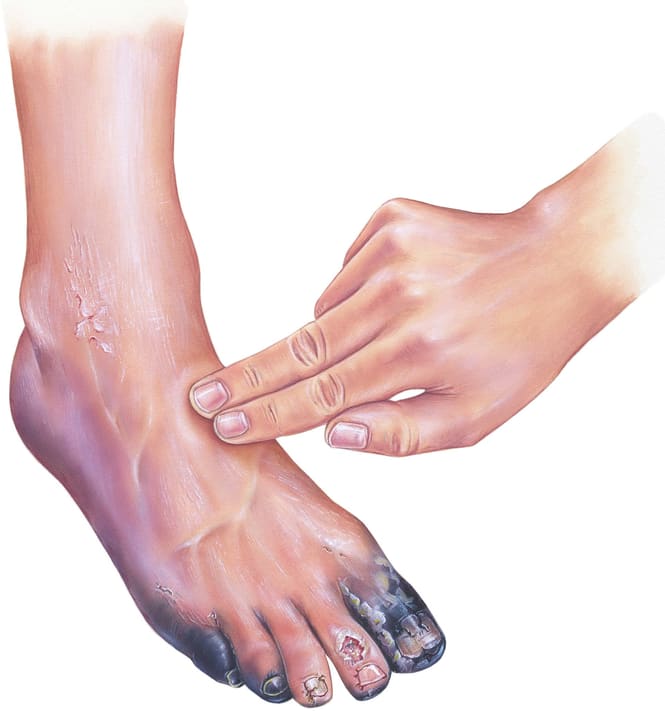The Stages of Vein Disease and When to Act

If you had vein disease, would you know it? Often, people ignore the warning signs. In fact, millions of Americans don’t seek treatment for vein disease until complications arise. Early treatment for vein disease, however, will prevent it from worsening over time. Knowing how to recognize the stages of vein disease can help you understand when to take action.
- Stage one often goes unnoticed. In this stage, you might experience spider veins. Also called reticular veins, these are small, web-like, bluish-purple veins near the surface of the skin. They’re flat and can’t be felt when you run your hands over them. Spider veins can be caused by family history, pregnancy and other hormonal changes or imbalances, obesity, or prolonged standing or sitting.
- Stage two presents with varicose veins. These veins are unsightly, large, swollen, and bulging, and typically located on legs and feet. Some people don’t feel any discomfort with varicose veins, while others seek medical treatment because of leg pain, itching, tingling, swelling, restlessness, or heaviness in the legs. Varicose veins happen because weak or damaged valves in the vein allow blood to flow backwards into the vein. This causes blood pooling and makes veins stretch out. Your risk for varicose veins increases if you are a woman, over 50, pregnant, have gained weight, sit or stand for long stretches of time, or have a hormonal imbalance.
- Stage three involves swollen legs and ankles. Untreated varicose veins can progress into inflammation in the legs because of poor circulation. This happens because when the leg veins function improperly, the body can’t absorb the excess fluid produced. Skin may appear brown and leathery near the varicose veins, the calves and ankles may feel tight, and walking may become painful. Causes of leg and ankle swelling include Chronic Venous Insufficiency disease (CVI), Deep Vein Thrombosis (DVT), heart disease, lack of exercise, poor diet, smoking, and high blood pressure.
- Stage four is usually painful. Blood pooling can cause skin discoloration, as can inflammation of the fatty tissue just under the skin. The legs become irritated and itchy and, in advanced cases, may crack and bleed. At this stage, medical care is important.
- Stage five is extremely serious. Venous ulcers and open sores begin to form as skin tissue breaks down. Because blood is not circulating properly, these sores don’t get the nutrients they need to heal. Not only does this cause debilitating pain, but the wounds are also at risk of bacterial infection. Medical attention is crucial at this point.
If you’re seeking the very best care for your vein and blood flow issues, trust the board-certified physicians at the Arizona Vein & Laser Institute. Using the most advanced technology, the vascular and cardiovascular surgeons at the Arizona Vein & Laser Institute provide care for all types of venous diseases. With over 40 years of experience, our team of experienced physicians can devise the right treatment plan to address your venous disease problems. For more information contact us through our website.
